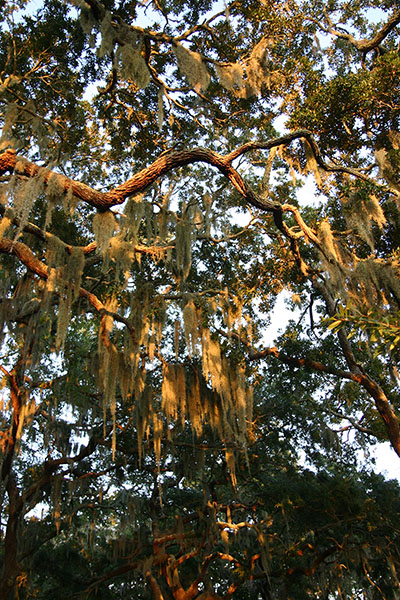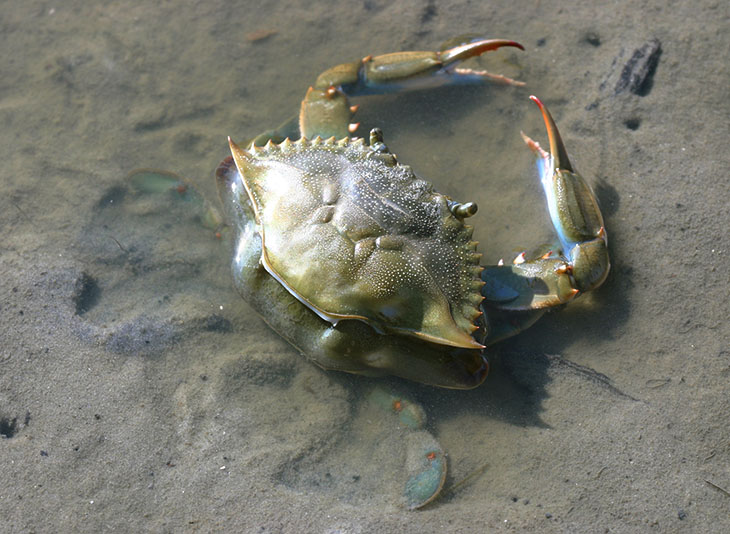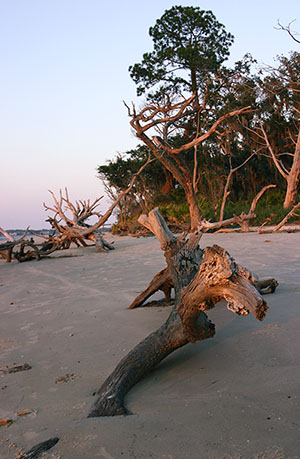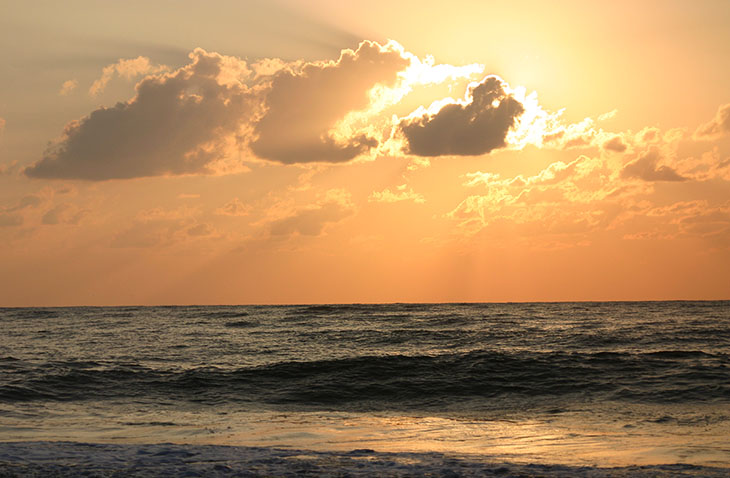 And so, slowly, I return to posting, revealing in the process that the last three posts were scheduled ahead of time to appear when they did, since we just spent a scant week in Savannah, Georgia with friends. We fit in most of what we’d aimed for; the primary exception, for me, was being unable to find any scorpions, something I’ve been longing to photograph for a while, and additionally motivated by the recent purchase of an ultra-violet flashlight. Scorpions fluoresce under UV, remarkably so, and I’ve been dying to capture this myself, but it was not to be this trip.
And so, slowly, I return to posting, revealing in the process that the last three posts were scheduled ahead of time to appear when they did, since we just spent a scant week in Savannah, Georgia with friends. We fit in most of what we’d aimed for; the primary exception, for me, was being unable to find any scorpions, something I’ve been longing to photograph for a while, and additionally motivated by the recent purchase of an ultra-violet flashlight. Scorpions fluoresce under UV, remarkably so, and I’ve been dying to capture this myself, but it was not to be this trip.
The Girlfriend and I drove down, accompanied this time by The Girlfriend’s Younger Sprog, who hadn’t been to Savannah before. The drive is about five-and-a-half hours road time, and our early start meant we arrived in time for lunch, before jumping back on the interstate again to drive another ninety minutes down to Jekyll Island. There were multiple motivations for this move; aside from Our Hosts only being free for the weekend, The Girlfriend was itching to return to the Georgia Sea Turtle Center, and I was itching to photograph sunset, at least, on the driftwood-strewn north beach. Since we’d arrived fairly late in the day by this point, I got to be satisfied first.
Before sunset, however, we had a few hours to poke around and see what could be found on the beach. I scared up a few tiny hermit crabs and a massive horseshoe crab for The Girlfriend’s Younger Sprog to photograph and she, in turn, located a feisty blue crab (Callinectes sapidus) in a shallow tidal pool for me. This one put on an amazing display of bravado, actually clapping its left and right pincers together audibly, and we soon discovered why this might have been (other than the bare fact that blue crabs are ridiculously aggressive little suckers): the crab was just beginning to molt its old shell.

I took up a position nearby, perched on a convenient piece of driftwood, and tried waiting out the process so I could have a complete photo sequence of this in optimum conditions, testing the patience (though they deny it) of Our Hosts, since I watched for over an hour. Seen above, the chitin has split along the rear and the crab is backing out, freeing first its hind limbs with the swimming flippers. The legs are drawn out in turn, and the pincers last, leaving the crab soft, pliable, and very vulnerable. However, this ended up taking so long, and I felt so guilty about making everyone wait for me, that I eventually gave up and rejoined the others for fluids and a snack (and bug spray,) before returning to the shore for sunset.
 Now, there are two things that negatively affect sunset photography. The first, rather obviously, is overcast or stormy conditions. But the second is the polar opposite – skies that are too clear produce weak colors and no interesting cloud lighting or moody backgrounds. And unfortunately, the latter was what we had for our evening on Jekyll. While the light from the setting sun will go amber at least, seen here and in the opening image, to get the deep reds and purples that make for the groovy landscape shots takes significant humidity, and that just wasn’t present. I’ve said it before: nature photography takes a bit of luck in getting the right conditions – the skill part is knowing how to use them and being in the right place when they appear.
Now, there are two things that negatively affect sunset photography. The first, rather obviously, is overcast or stormy conditions. But the second is the polar opposite – skies that are too clear produce weak colors and no interesting cloud lighting or moody backgrounds. And unfortunately, the latter was what we had for our evening on Jekyll. While the light from the setting sun will go amber at least, seen here and in the opening image, to get the deep reds and purples that make for the groovy landscape shots takes significant humidity, and that just wasn’t present. I’ve said it before: nature photography takes a bit of luck in getting the right conditions – the skill part is knowing how to use them and being in the right place when they appear.
A small tip for the digital camera users: set the white balance to “sunlight,” especially avoiding the “auto white balance” setting, which tries to recognize color casts and shift them more towards neutral. You want the color cast – that’s what communicates ‘sunset.’ You can even enhance these by using the “open shade” or “overcast” settings (which compensate for the reduced yellows and reds of those conditions by adding them in within the camera,) and you can even use a colored card to set a custom white balance if you really want to be tricky. It’s easier to do this in post-processing, in an image editing program, but of course we’re now talking about significant digital enhancement. All I did here was use the “sunlight” white balance setting.
 Perhaps the most-asked question from my photo students is about getting decent sunset images, because it’s actually a bit tricky. The camera’s exposure meter aims to produce middle-tones, a nice average light level, and has no idea where it’s aimed or what’s in the frame – it just reads light and adjusts exposure according to a simple idea: that most images are made up of middle tones. Aiming into the sun, naturally, is flooding the camera with light, and to produce a middle tone from this means darkening the image way below what we’re seeing with our eyes. This may enrich the colors of the sky, but render virtually everything else into a silhouette. Or if the exposure meter gets a reading from a foreground object (the shady side towards the camera,) it may produce an exposure for that and bleach the sky out entirely white. There are several ways to deal with this – exposure compensation, bracketing – but the easiest is knowing how to aim the key metering area in the viewfinder at something that will produce the light level you want and locking the exposure there with the Auto-exposure Lock button (marked “AEL,” or sometimes with just an asterisk) and then re-aiming the camera to frame the image the way you want it. While this is a tighter crop of a larger image, I locked exposure while aiming half onto the log, half onto the water under the sun, producing an exposure that left the sky a little darker but brought in some detail from the shady driftwood. It is one of several different exposures, the one I liked the best. I shifted to let just a fraction of the sun peek through the gap in the wood, and a small aperture was what produced the sunrays.
Perhaps the most-asked question from my photo students is about getting decent sunset images, because it’s actually a bit tricky. The camera’s exposure meter aims to produce middle-tones, a nice average light level, and has no idea where it’s aimed or what’s in the frame – it just reads light and adjusts exposure according to a simple idea: that most images are made up of middle tones. Aiming into the sun, naturally, is flooding the camera with light, and to produce a middle tone from this means darkening the image way below what we’re seeing with our eyes. This may enrich the colors of the sky, but render virtually everything else into a silhouette. Or if the exposure meter gets a reading from a foreground object (the shady side towards the camera,) it may produce an exposure for that and bleach the sky out entirely white. There are several ways to deal with this – exposure compensation, bracketing – but the easiest is knowing how to aim the key metering area in the viewfinder at something that will produce the light level you want and locking the exposure there with the Auto-exposure Lock button (marked “AEL,” or sometimes with just an asterisk) and then re-aiming the camera to frame the image the way you want it. While this is a tighter crop of a larger image, I locked exposure while aiming half onto the log, half onto the water under the sun, producing an exposure that left the sky a little darker but brought in some detail from the shady driftwood. It is one of several different exposures, the one I liked the best. I shifted to let just a fraction of the sun peek through the gap in the wood, and a small aperture was what produced the sunrays.
 And then, I made a small mistake: I let Our Hosts book our suite without asking them where, exactly, we were staying. There wasn’t anything wrong in the slightest with our room – quite the contrary – but it meant I made no plans to be up at sunrise to chase more images, unaware that we were a short walk from the east shore of the island and ideally positioned for such pursuits. I woke early anyway, but didn’t venture out until the sky was fully light, to discover the beach so close. It meant that the light was much fiercer than preferred (again, pretty clear conditions,) but I still chased a few images anyway, joined a little later on by The Girlfriend and Our Female Host. There was some delay caused by camera lenses that had been sitting in air-conditioning overnight and were thus cool enough to attract condensation from the warm sea air, requiring several minutes to warm up and get clear. While you can wipe condensation away, it’ll return immediately until the glass temperature is right, and for dog’s sake don’t switch lenses in these conditions; condensation on inner surfaces, especially in a zoom or on the camera mirror, can take forever to clear. But while waiting, I used the fog as a soft-focus effect and tried a few shots anyway, with halfway-decent results. I admit to tweaking contrast slightly higher for the image at right.
And then, I made a small mistake: I let Our Hosts book our suite without asking them where, exactly, we were staying. There wasn’t anything wrong in the slightest with our room – quite the contrary – but it meant I made no plans to be up at sunrise to chase more images, unaware that we were a short walk from the east shore of the island and ideally positioned for such pursuits. I woke early anyway, but didn’t venture out until the sky was fully light, to discover the beach so close. It meant that the light was much fiercer than preferred (again, pretty clear conditions,) but I still chased a few images anyway, joined a little later on by The Girlfriend and Our Female Host. There was some delay caused by camera lenses that had been sitting in air-conditioning overnight and were thus cool enough to attract condensation from the warm sea air, requiring several minutes to warm up and get clear. While you can wipe condensation away, it’ll return immediately until the glass temperature is right, and for dog’s sake don’t switch lenses in these conditions; condensation on inner surfaces, especially in a zoom or on the camera mirror, can take forever to clear. But while waiting, I used the fog as a soft-focus effect and tried a few shots anyway, with halfway-decent results. I admit to tweaking contrast slightly higher for the image at right.
Just a short while later, I got a small break: a few spare clouds on the horizon blocked the sun for a minute, allowing some landscape shots with no glare and some interest above the horizon. I’m pleased with the steely appearance of the water, but did not get lucky enough to have a boat or some birds available when the sun was hidden. Next time, next time…

Of course, immediately after breakfast, we headed over to the Sea Turtle Center where The Girlfriend obtained even more stuff to decorate the car, but more on that in a later post. Right now, we’ll backtrack briefly to the sunset again, because of a curious thing I’d inadvertently captured. Below, one of the shots that included the fishing pier off the north shore, again cropped from a wider image.

 And to the right, an inset of the same image, contrast enhanced slightly. While The Girlfriend and I were shooting down amongst the driftwood, it seems Our Hosts and The Girlfriend’s Younger Sprog were trying to attract our attention from the pier – you can just make our Our Female Host waving. I hadn’t the faintest idea they were there, being only millimeters tall in the wide-angle lens I was using, and only discovered this a few days later when they asked if we’d seen them and I happened to check the images closely. Sorry about that, guys – I would have framed you against the sun had I known.
And to the right, an inset of the same image, contrast enhanced slightly. While The Girlfriend and I were shooting down amongst the driftwood, it seems Our Hosts and The Girlfriend’s Younger Sprog were trying to attract our attention from the pier – you can just make our Our Female Host waving. I hadn’t the faintest idea they were there, being only millimeters tall in the wide-angle lens I was using, and only discovered this a few days later when they asked if we’d seen them and I happened to check the images closely. Sorry about that, guys – I would have framed you against the sun had I known.





















































nice job on the blog! FOG SHOT is cool… and the HOST SHOT is a sure 2014 nat geo winner! lol!